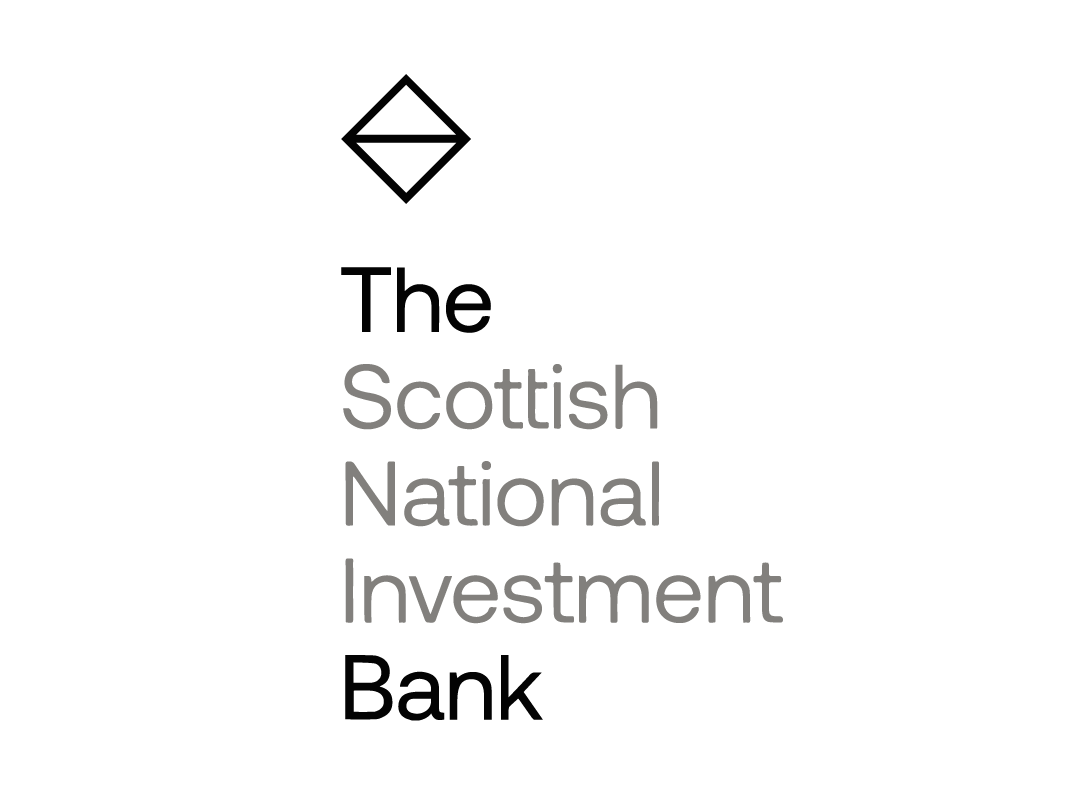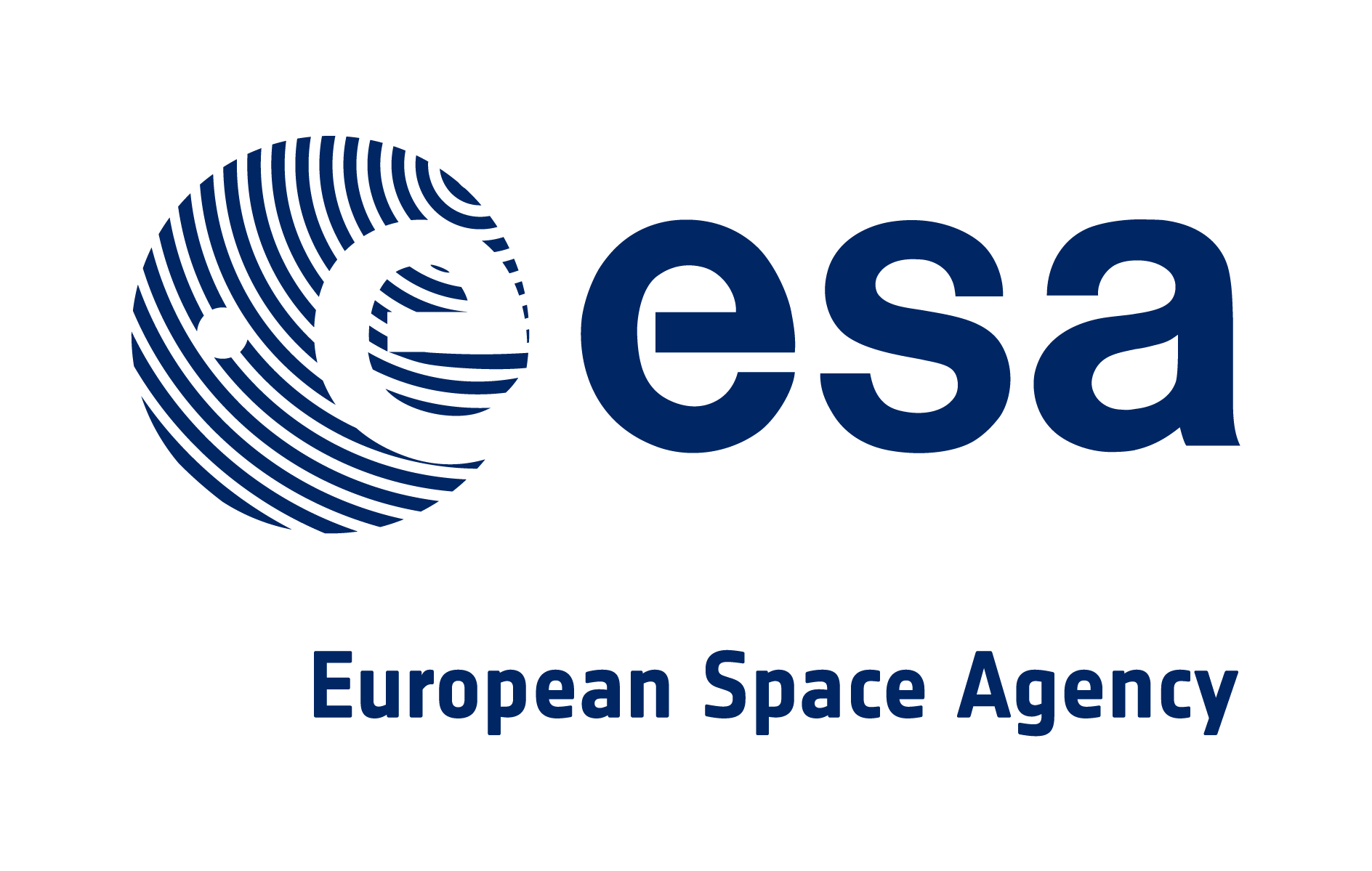Introduction
Fish farming plays a crucial role in meeting the world’s growing demand for seafood. However, ensuring consistent operations, especially in remote or offshore locations, is no small feat. Among the most critical aspects of aquaculture is feeding—both its timing and consistency are directly tied to fish health, growth rates, and cost efficiency.
In hard-to-access areas, weather, infrastructure challenges, and logistical hurdles often disrupt feeding schedules. These interruptions not only harm fish welfare but also waste resources, undermining farm profitability. This is where Connected Seafarm comes into play. By enabling aquaculture operators to manage feeding remotely, even in the harshest conditions, Connected Seafarm ensures uninterrupted feeding and optimised operations. This article explores how this innovative solution can transform remote fish farming.
The Challenge of Uninterrupted Fish Feeding in Hard-to-Access Locations
Environmental and Operational Challenges
Fish farms in remote locations face unique and demanding challenges. Extreme weather conditions, such as storms or heavy seas, can make it unsafe or impossible to physically access feeding sites. Even during calm weather, the logistical challenges of travelling to offshore or isolated sites can cause delays or disruptions. In addition, infrastructure in these areas is often unreliable, with issues such as cellular network blind spots, power outages, or limited equipment maintenance capabilities.
Impacts of Interrupted Feeding
Interruptions in feeding schedules can have far-reaching consequences for aquaculture operations. Fish rely on regular feeding at specific times to thrive. When feeding is delayed, fish may experience stress, making them more susceptible to diseases and reducing growth rates. Feed wastage becomes a concern as operators may overcompensate for missed feedings, further increasing costs. Ultimately, disrupted feeding schedules not only reduce the farm’s efficiency but also negatively affect profitability and sustainability.
What is Connected Seafarm?
Connected Seafarm is a cutting-edge aquaculture solution designed to address the challenges of managing fish farms in remote and inaccessible locations. The system uses satellite connectivity to provide a reliable communication link, enabling seamless monitoring and feeding operations from anywhere. By eliminating dependence on local infrastructure, it ensures farms remain operational regardless of external conditions.
How Connected Seafarm Addresses Feeding Challenges
Connected Seafarm allows aquaculture operators to monitor and control feeding schedules remotely. This means that even during adverse weather or when access to the site is impossible, feeding operations can continue uninterrupted. The solution also supports comprehensive farm management by offering tools for monitoring fish health and behaviour, ensuring that operators can maintain high standards of care and productivity.
Key Features of Connected Seafarm for Remote Feeding
- Centralised Remote Feeding Operations: With Connected Seafarm, aquaculture operators can manage all their sites from a single control hub. Instead of requiring physical presence at each location, the system allows centralised control over feeding schedules across multiple sites. This streamlines operations, reduces travel time, and enables consistent feeding practices, no matter where the farms are located.
- Feeding from Anywhere: Thanks to satellite communication, Connected Seafarm empowers operators to feed their fish remotely. Whether they are managing an offshore site or a farm deep in a remote coastal area, the system ensures uninterrupted feeding schedules. This capability is particularly valuable during extreme weather events or logistical disruptions, ensuring that the fish receive consistent care even in challenging circumstances.
- Optimised Feeding Times: Feeding schedules must align with fish behaviour to maximise growth and minimise waste. Connected Seafarm enables operators to monitor fish behaviour and adjust feeding times accordingly. By administering feed during optimal periods, farms can achieve better growth rates while reducing the environmental impact of wasted feed.
- Video Feed Sharing: One of Connected Seafarm’s standout features is the ability to share video feeds across the organisation. This allows team members to assess conditions, evaluate stock behaviour, and monitor feeding activities without needing to be on-site. Video feed sharing enhances collaboration and improves the efficiency of decision-making processes, ensuring everyone involved in farm operations has access to the same information.
- Continuous Health Monitoring: Fish health is a cornerstone of successful aquaculture. Connected Seafarm includes tools for monitoring the health and safety of fish across all pens. This allows operators to identify potential issues early and take corrective action. By maintaining a close watch on fish health, farms can improve productivity and reduce losses caused by disease or stress.
- Resilience and Reliability: Connectivity and power outages are common challenges in remote areas, but Connected Seafarm is designed to operate reliably under such conditions. By using satellite-based communication and low-latency video transmission, the system ensures feeding and monitoring operations continue seamlessly. This resilience eliminates downtime and safeguards farm productivity.
Benefits of Connected Seafarm
- Improved Fish Welfare: Connected Seafarm ensures feeding consistency, which is vital for reducing stress and promoting fish health. Consistent feeding schedules enable fish to grow at optimal rates, while health monitoring tools further enhance welfare by allowing early intervention when problems arise.
- Increased Operational Efficiency: By optimising feeding schedules and reducing feed wastage, Connected Seafarm helps farms operate more efficiently. Centralised control also simplifies farm management, reducing the need for manual labour and on-site visits. These efficiencies translate into cost savings and a more sustainable approach to aquaculture.
- Enhanced Safety for Farmers: Remote operation significantly reduces the risks faced by aquaculture workers. With Connected Seafarm, farmers no longer need to travel to remote or hazardous locations to manage feeding. This not only improves safety but also ensures operations can continue regardless of environmental conditions.
Eliminating Blind Spots in Aquaculture
Overcoming Connectivity Challenges
Many aquaculture sites face connectivity issues due to their remote locations. Connected Seafarm overcomes these challenges by leveraging satellite communication, providing robust and reliable connections even in the most isolated areas. This eliminates blind spots and ensures farms remain connected and operational.
Tailored Solutions for Every Farm
No two aquaculture operations are the same, which is why Connected Seafarm offers customisable solutions. Whether a farm is deploying sensors for the first time or looking to enhance its existing setup with a data platform, the system can be tailored to meet specific needs. This flexibility ensures every farm can benefit from improved efficiency and connectivity.
How Connected Seafarm Supports Sustainability
Optimised feeding schedules reduce feed waste, which in turn lowers the environmental footprint of aquaculture operations. By ensuring resources are used efficiently, Connected Seafarm supports sustainable practices while also improving profitability.
Connected Seafarm provides detailed insights into farm operations, from fish health to feeding efficiency. These data-driven insights help operators make informed decisions that benefit both their business and the environment. By enabling long-term planning and transparency, the system fosters a more sustainable approach to aquaculture.
Summary
Uninterrupted feeding is essential for successful fish farming, and Connected Seafarm offers a reliable and innovative solution. By providing centralised control, remote feeding capabilities, and advanced monitoring tools, it enables farms to overcome the challenges of remote and hard-to-access locations. The benefits extend beyond improved fish welfare and operational efficiency, supporting sustainability and safety as well.
Aquaculture operators seeking to enhance their feeding operations should consider the advantages of Connected Seafarm. With its ability to deliver uninterrupted feeding and unparalleled control, it’s a game-changer for the aquaculture industry.









